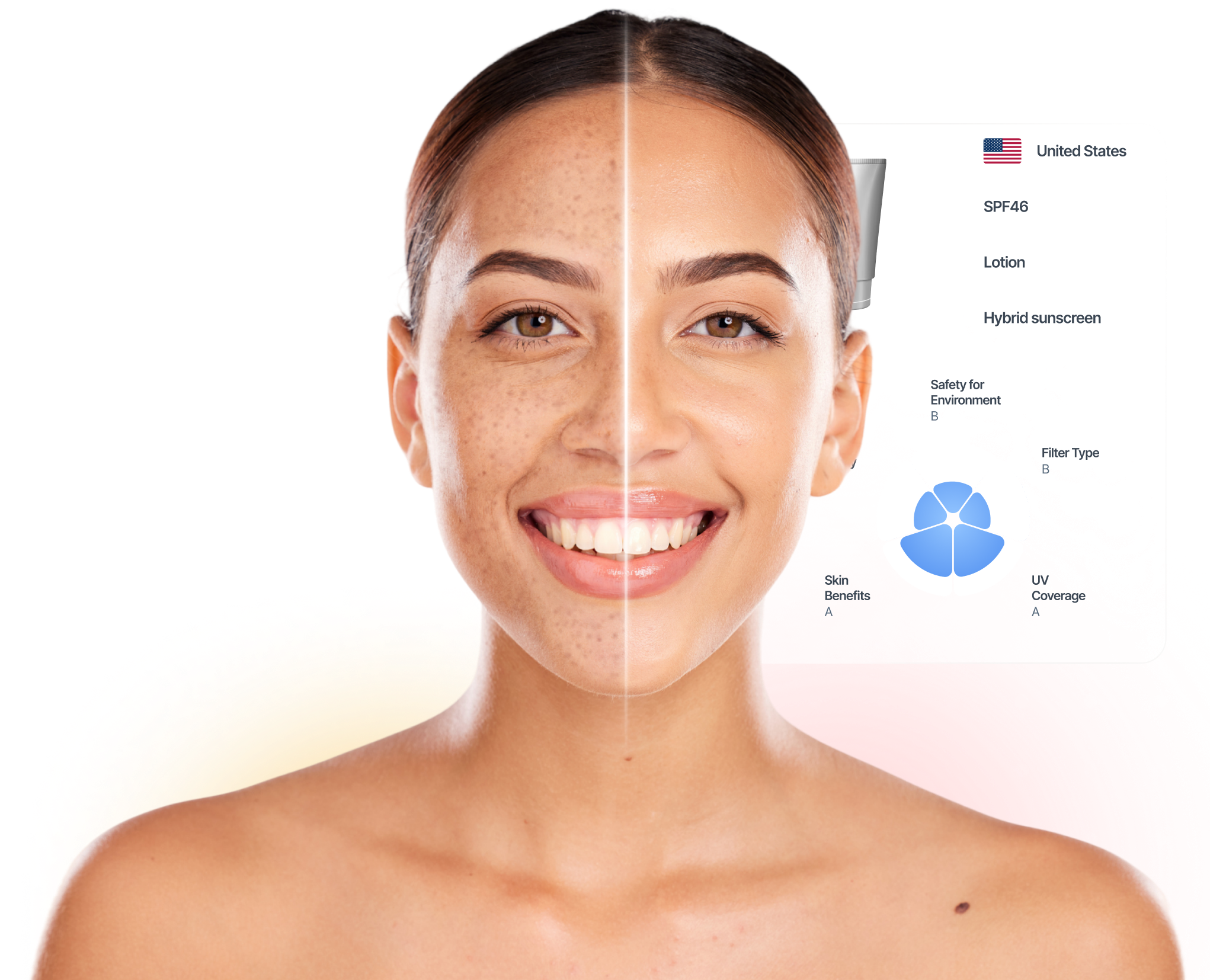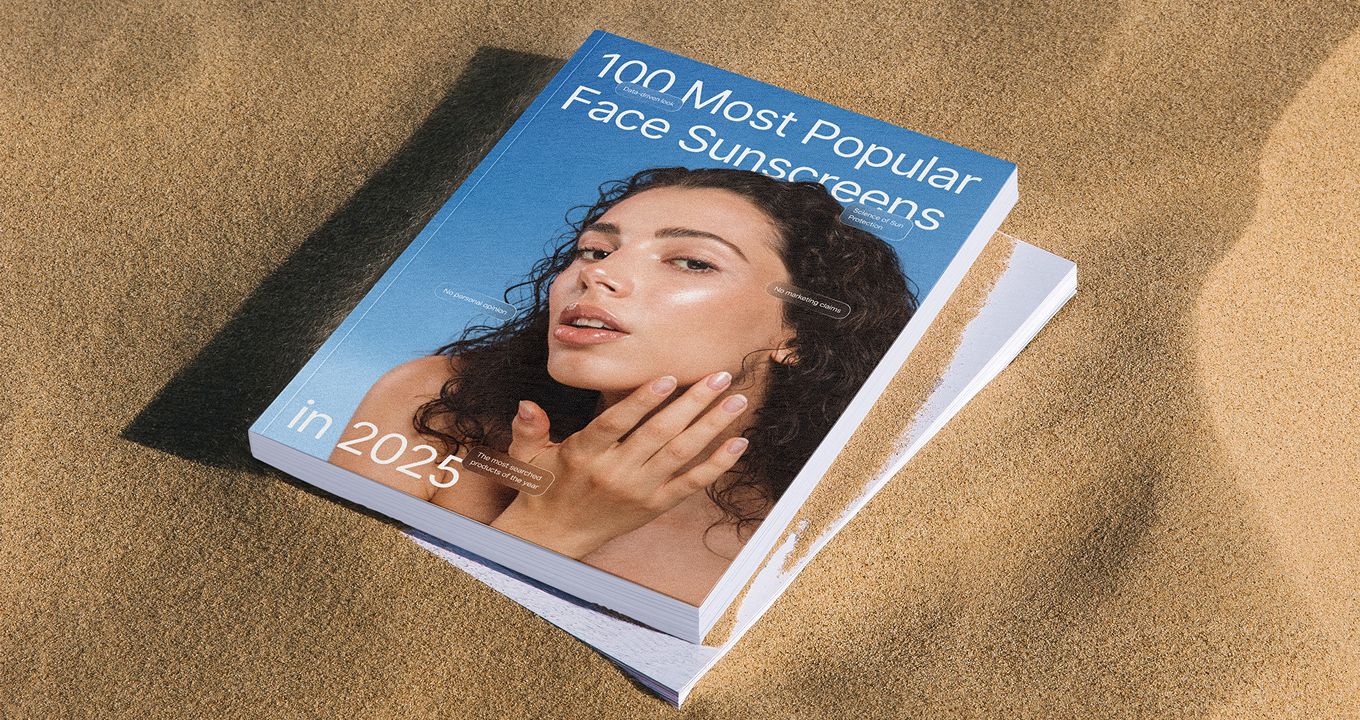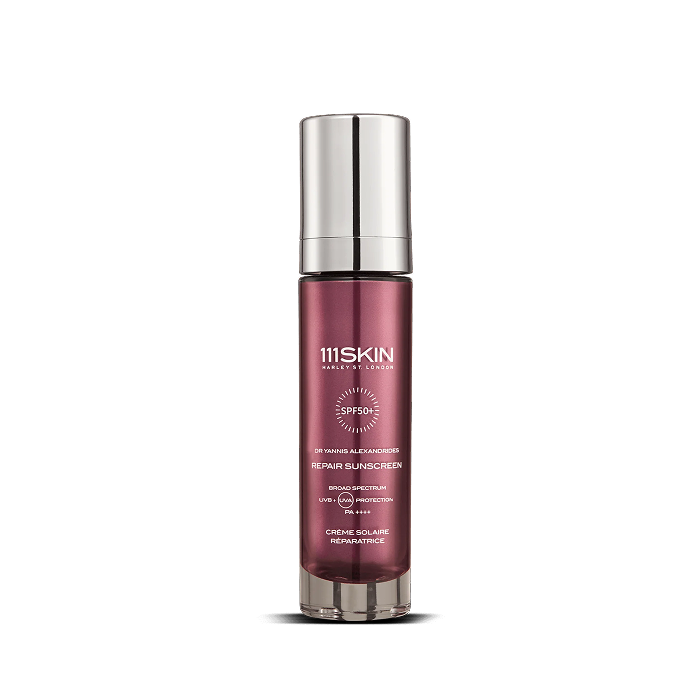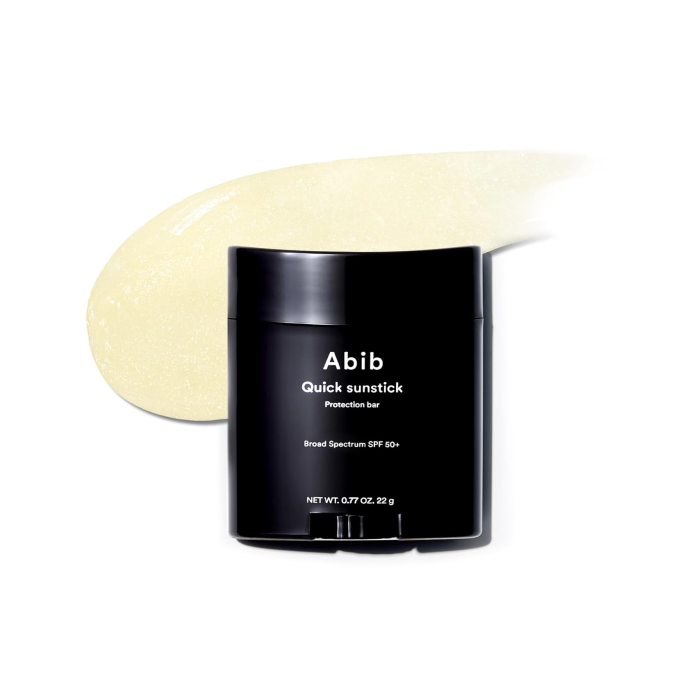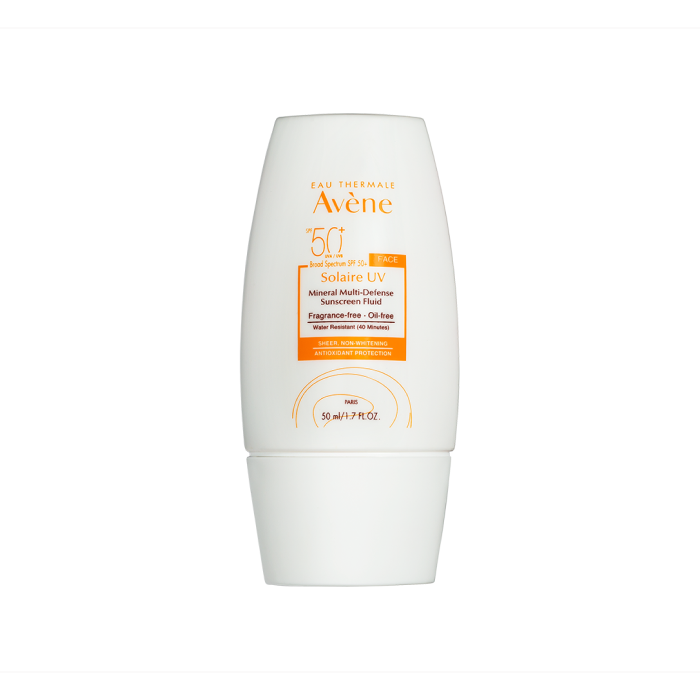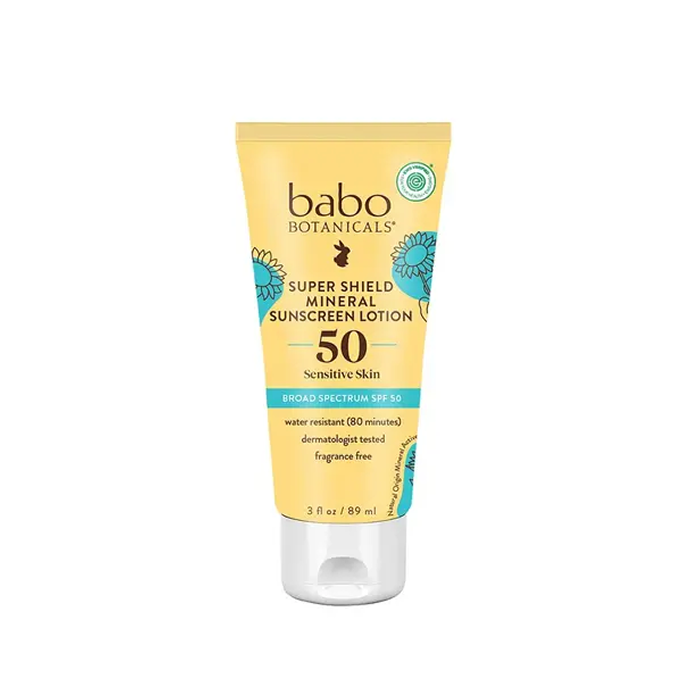The SPF Truth Booth is grounded in peer-reviewed dermatological and photobiological research. Haut.AI team conducted a thorough analysis of both short-term and long-term UV exposure effects by reviewing clinical studies, trials, and review articles. The visual outcomes generated by SkinGPT are based on measurable changes in pigmentation, erythema, wrinkle formation, and other biomarkers of photoaging.
Key references include:
- Krutmann, J., et al. The skin aging exposome. J Dermatol Sci. 2017; 85(3):152–161.
- Park, S.-B., et al. Time course of ultraviolet-induced skin reactions evaluated by spectrophotometry. Photodermatol Photoimmunol Photomed. 2002; 18(1):23–28.
- Casetti, F., et al. UVB-induced erythema and transient decrease in pigmentation. Skin Pharmacol Physiol. 2011; 24(3):160–165.
- Marionnet, C., et al. UVA1-induced darkening and molecular changes in pigmented skin. J Invest Dermatol. 2017; 137(5):1184–1187.
- Ma, Y., et al. Quantitative assessment of UV-induced erythema and tanning in Han Chinese. Phenomics. 2023; 4(2):138–145.
- Del Bino, S., et al. Pigmentation diversity and UV impact. Int J Mol Sci. 2018; 19(9):2668.
- Miyamoto, K., et al. 11-year longitudinal study on facial skin ageing in Japanese women. J Dermatol Sci. 2011; 64(3):229–236.
- Hughes, M.C.B., et al. Sunscreen and prevention of skin aging: a randomized trial. Ann Intern Med. 2013; 158(11):781–790.
- Berry, K., et al. Photoaging and topical rejuvenation. Clin Plast Surg. 2023; 50(3):381–390.
- Randhawa, M., et al. Daily sunscreen use improves clinical photoaging. Dermatol Surg. 2016; 42(12):1354–1361.
